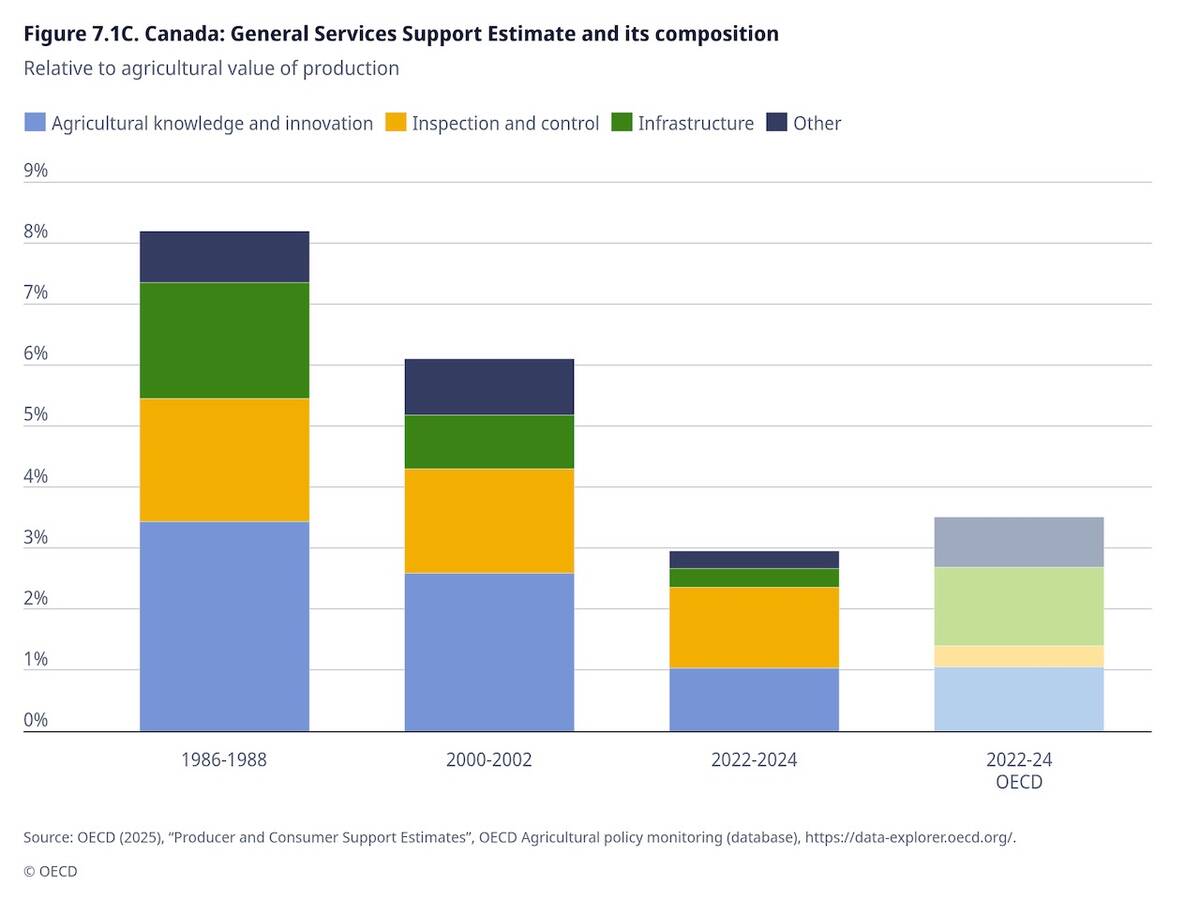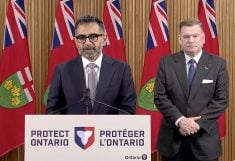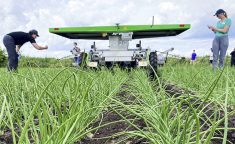The Ontario government is investing $315 million over five years to expand internet access and cell phone service to more rural and remote families in the province.
Premier Doug Ford made the announcement July 23 in Lucan, with several cabinet ministers in attendance.
“Twelve per cent of communities don’t have cell signal or high speed internet,” he said.
Why it matters: Most of the communities without reliable cell service and high speed internet are in rural areas and many of those households are farms. A lack of access limits productivity improvements and access to markets.
Read Also

OECD lauds Canada’s low farm subsidies, criticizes supply management
The Organization for Economic Co-operation and Development lauded Canada’s low farm subsidies, criticized supply management in its global survey of farm support programs.
The announcement of the funding is the fulfilment of a Conservative election promise, although there are a lot of details to be worked out and the policy is so-far low on detail.
The $315 commitment is more than $100 million less than the previous Liberal government had committed in its 2018 budget, before it was defeated in the last provincial election.
“This is the first plan of its kind for the province or maybe for the country,” said Laurie Scott, Ontario Minister of Infrastructure.
She related a story about her brother who works at home in a farmhouse. His internet dish is on a pole on the roof of his house. It all works fine, as long as the weather doesn’t change. Then he sometimes has to move to somewhere the internet is more reliable.
About 88 per cent of people in Ontario have access to internet that is at least 10 megabytes upload and 50 megabytes download.
But that leaves 12 per cent below that level, most of them in rural and remote locations. The difference is usually related to whether there’s access to a wired internet connection, with its much higher speeds, or a much slower over-the-air, point-to-point or satellite option.
The federal government has also announced funding for rural and remote internet. The federal minister of Innovation, Science and Economic Development introduced smaller spectrum service areas, also on July 23.
That aim of the smaller spectrum auctions will give smaller providers an option to deliver telecommunications services. That’s been a concern in as most of the largest phone providers are able to outbid everyone else for spectrum.
Federal Minister Navdeep Bains also announced that fees for point-to-point radio licences, which are used by point-to-point internet providers, will be changed to reduce licence fees.
Keith Currie, president of the Ontario Federation of Agriculture says adding the provincial funding to the similar funding announced in the federal government budget means significant resources finally going to high speed internet and cellular phone improvement.
“When you combine this with what the feds announced in their spring budget, they are promising to have everybody covered by 2030 at the latest. When you add in the provincial funding I’m hoping it’s going to happen sooner rather than later.”
The new government money will help leverage private sector money, Currie says and that’s good news for rural communities and farmers without high speed internet.
“We’re very excited that the government has taken the steps to look after our asks to get our members better service in rural communities,” he says.













